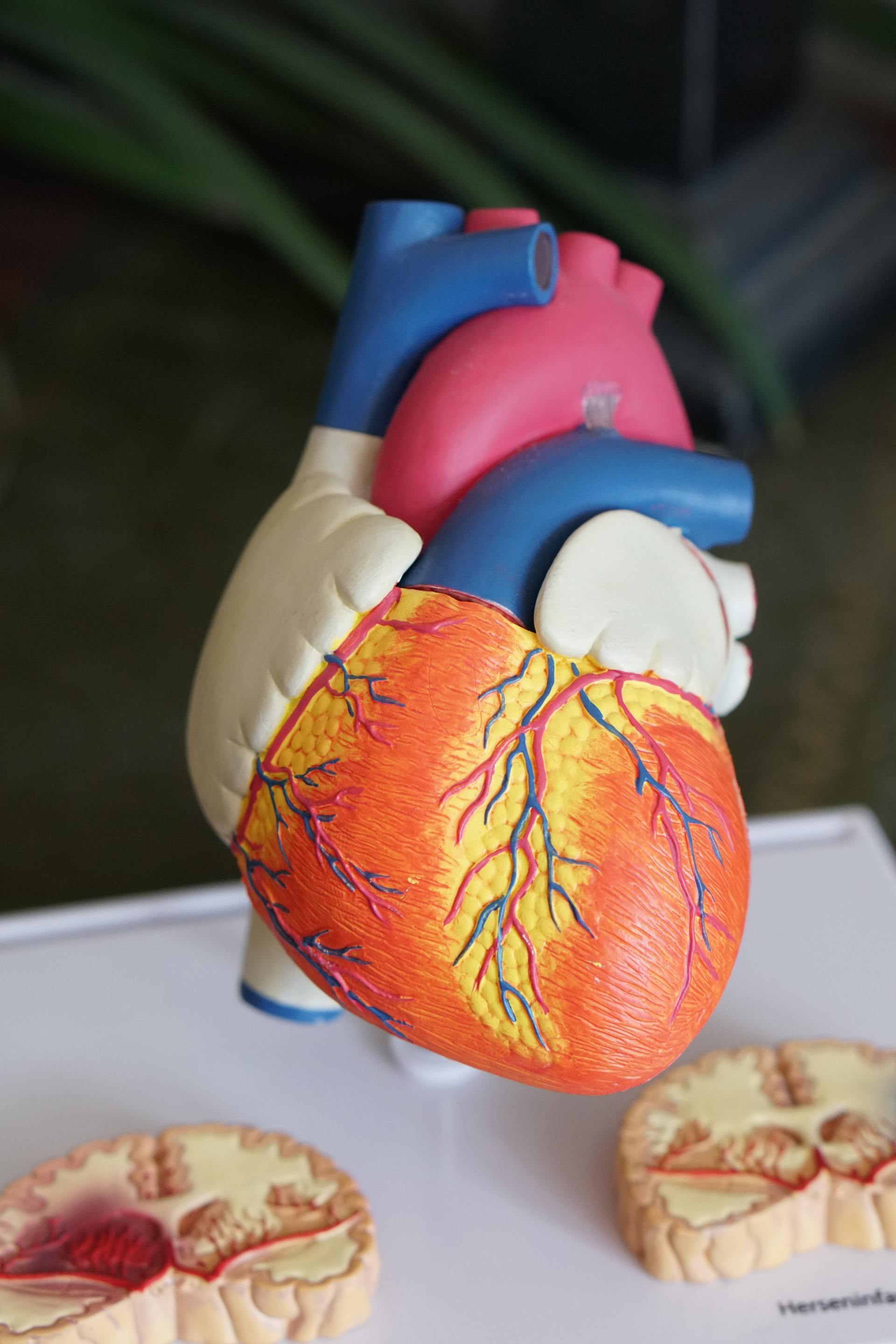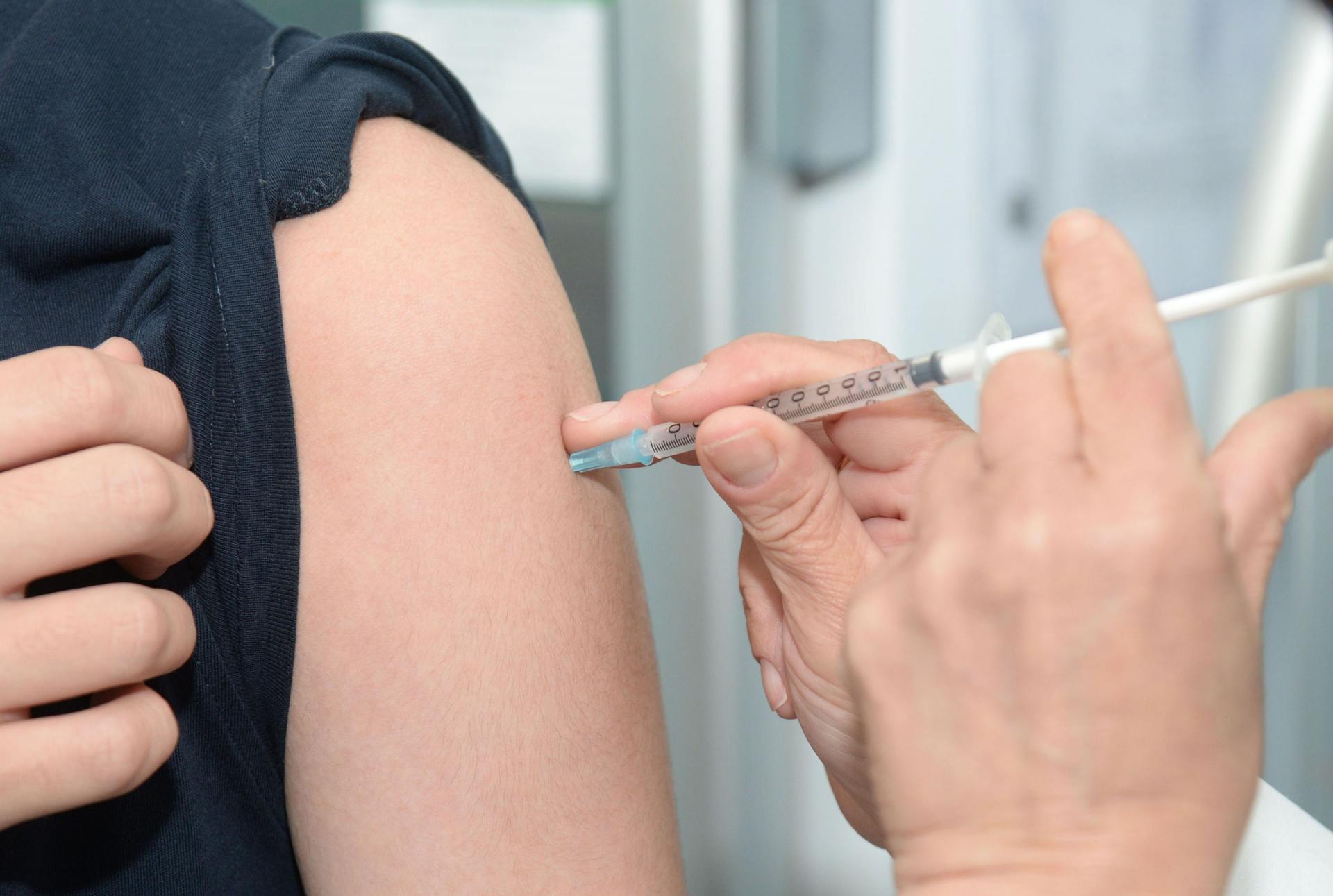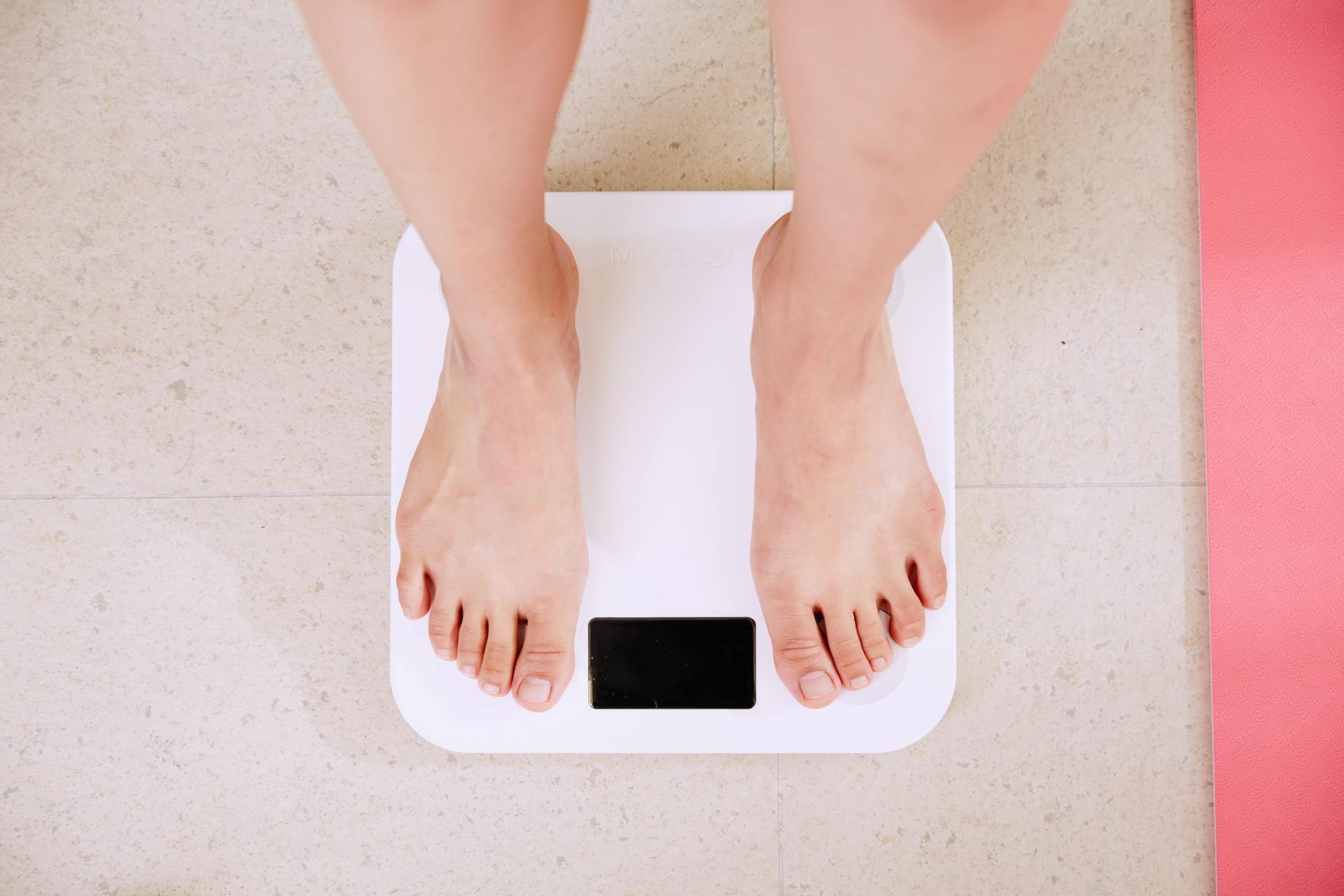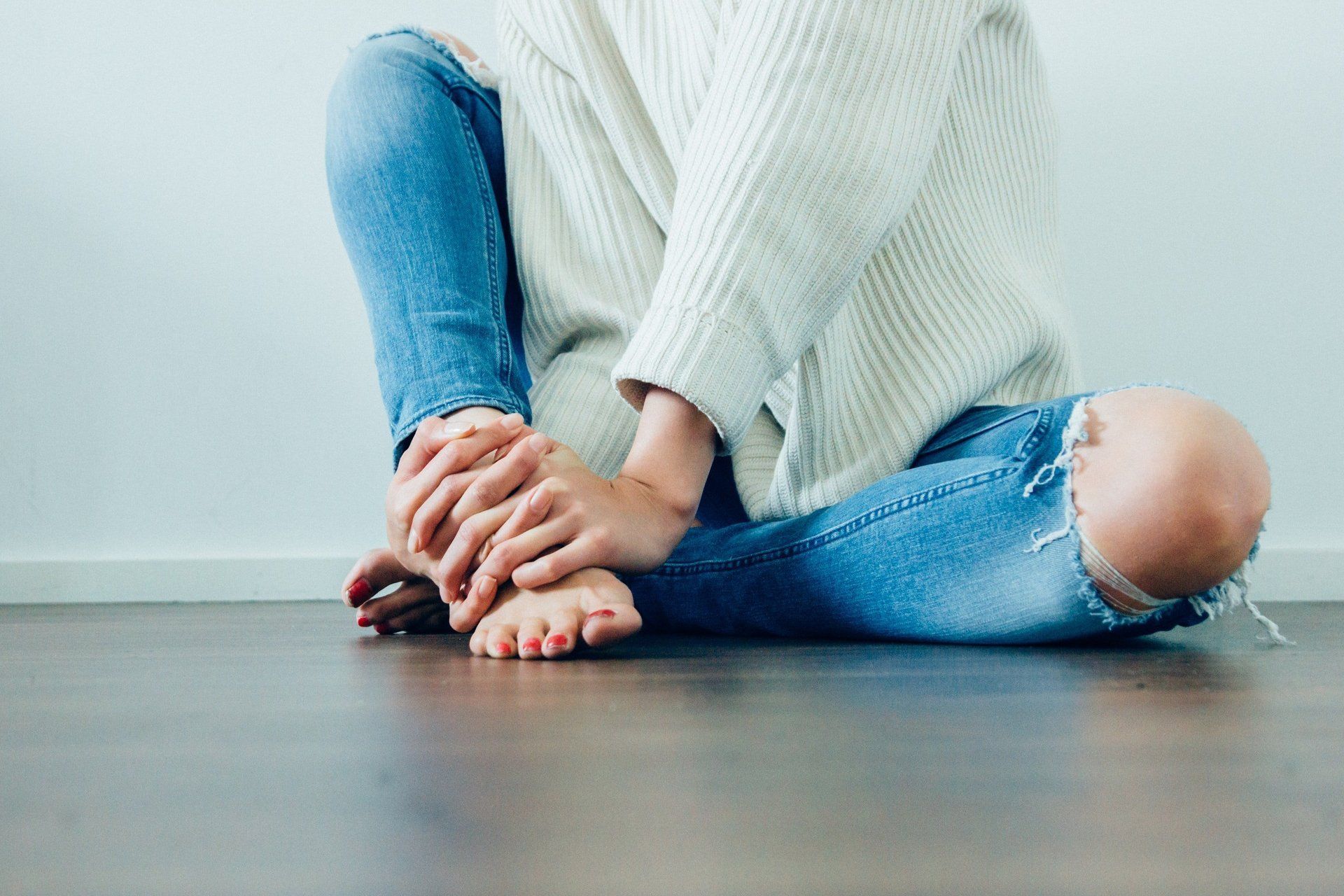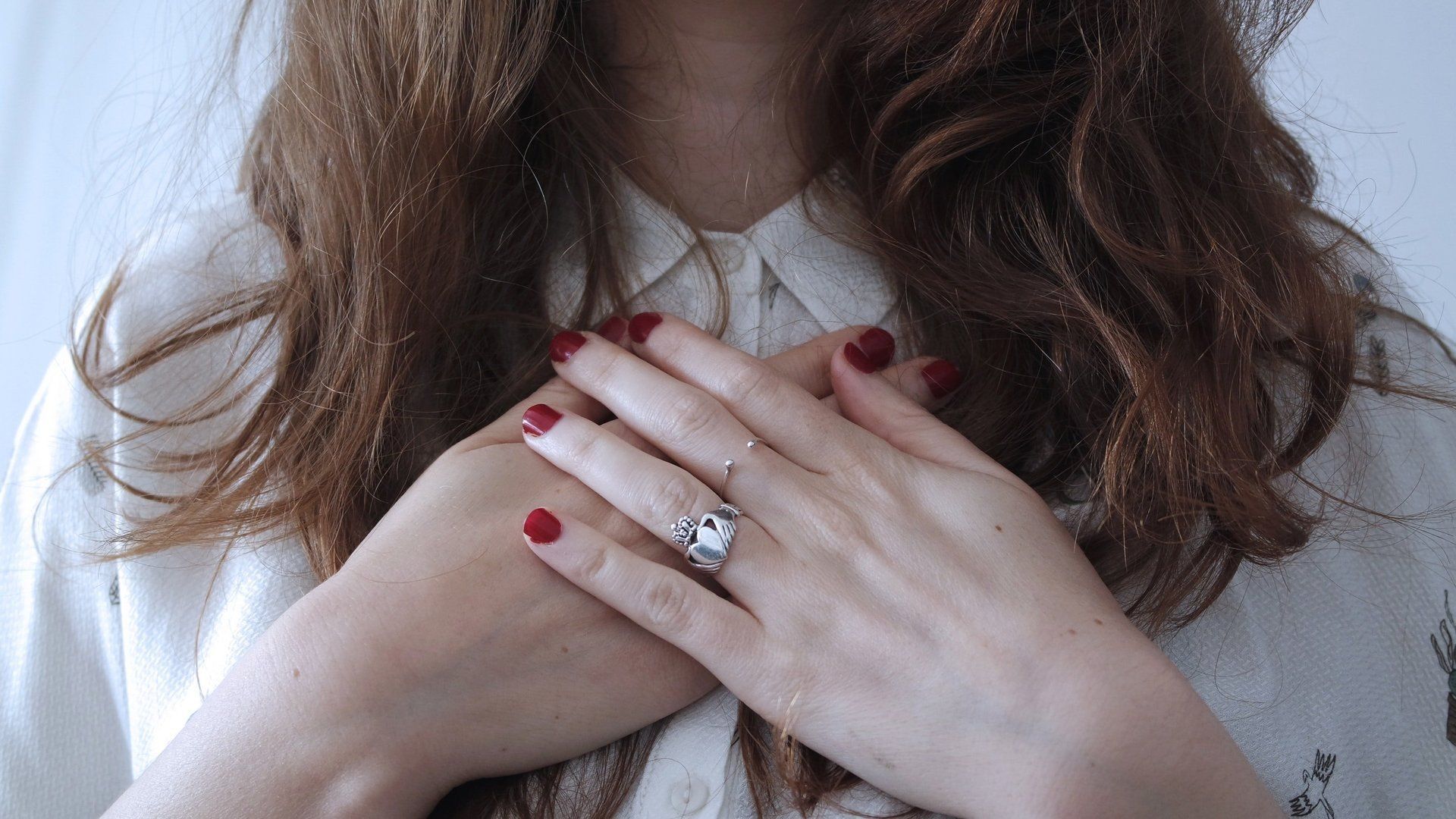Poison Ivy: Tips for treating and preventing
Poison Ivy: Tips for treating and preventing A rash from poison ivy, poison oak or poison sumac is caused by an oil found in these plants called urushiol (you-ROO-shee-all). When this oil touches your skin, it often causes an itchy, blistering rash. Most people can safely treat the rash at home. However, if [...]
Poison Ivy: Tips for treating and preventing
A rash from poison ivy, poison oak or poison sumac is caused by an oil found in these plants called urushiol (you-ROO-shee-all). When this oil touches your skin, it often causes an itchy, blistering rash.
Most people can safely treat the rash at home. However, if you experience any of the following symptoms, go to the emergency room right away.
If you have any of the following, go to the emergency room right away:
- You have trouble breathing or swallowing.
- The rash covers most of your body.
- You have many rashes or blisters.
- You experience swelling, especially if an eyelid swells shut.
- The rash develops anywhere on your face or genitals.
- Much of your skin itches, or nothing seems to ease the itch.
If you do not have the above symptoms, the rash appears on a small section of your skin, and you are absolutely certain that your rash is due to poison ivy, poison oak, or poison sumac, you may be able to treat the rash at home.
To treat a rash from poison ivy, poison oak, or poison sumac and help stop the itch, dermatologists recommend the following:
- Immediately rinse your skin with lukewarm, soapy water. If you can rinse your skin immediately after touching poison ivy, poison oak, or poison sumac, you may be able to rinse off some of the oil. If not washed off, the oil can spread from person to person and to other areas of your body.
- Wash your clothing. Thoroughly wash all of the clothes you were wearing when you came into contact with the poisonous plant. The oil can stick to clothing, and if it touches your skin, it can cause another rash.
- Wash everything that may have the oil on its surface. Besides clothing, the oil from poison ivy, poison oak, and poison sumac can stick to many surfaces, including gardening tools, golf clubs, leashes and even a pet’s fur. Be sure to rinse your pet’s fur, and wash tools and other objects with warm, soapy water.
- Do not scratch, as scratching can cause an infection.
- Leave blisters alone. If blisters open, do not remove the overlying skin, as the skin can protect the raw wound underneath and prevent infection.
- Take short, lukewarm baths. To ease the itch, take short, lukewarm baths in a colloidal oatmeal preparation, which you can buy at your local drugstore. You can also draw a bath and add one cup of baking soda to the running water. Taking short, cool showers may also help.
- Consider calamine lotion or hydrocortisone cream. Apply calamine lotion to skin that itches. If you have a mild case, a hydrocortisone cream or lotion may also help.
- Apply cool compresses to the itchy skin. You can make a cool compress by wetting a clean washcloth with cold water and wringing it out so that it does not drip. Then, apply the cool cloth to the itchy skin.
- Consider taking antihistamine pills. These pills can help reduce itching, however use with caution. You should not apply an antihistamine to your skin, as doing so can worsen the rash and the itch.
If your rash is not improving after seven to 10 days, or you think your rash may be infected, see a board-certified dermatologist. A dermatologist can treat your rash and any infection and help relieve the itch.
Visit Us Today
We offer same-day appointments. Schedule an appointment with us today and one of our staff members will be available for assistance.



